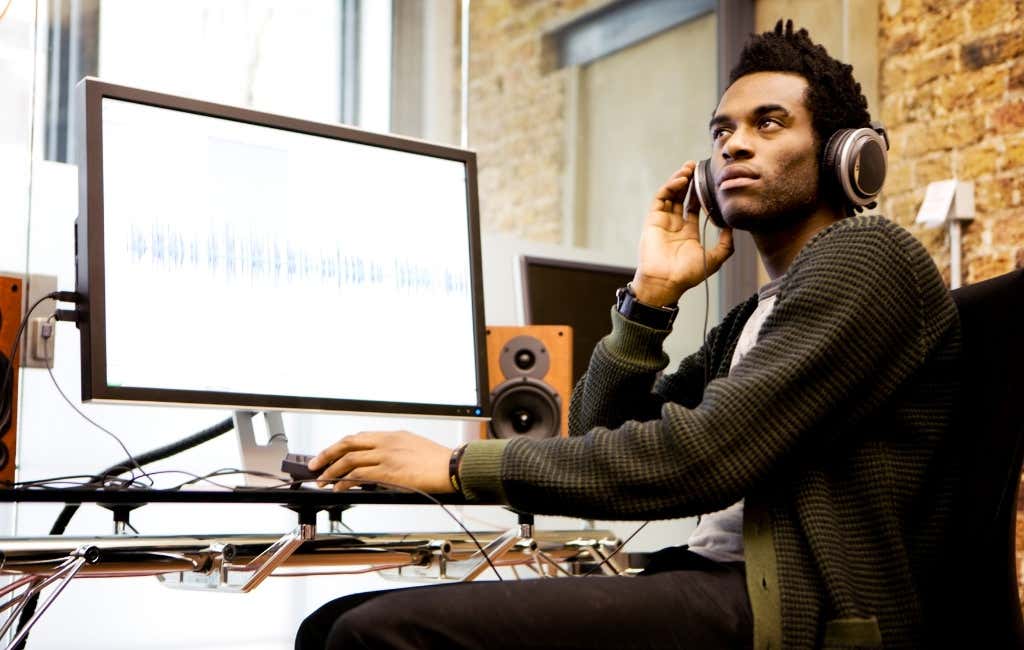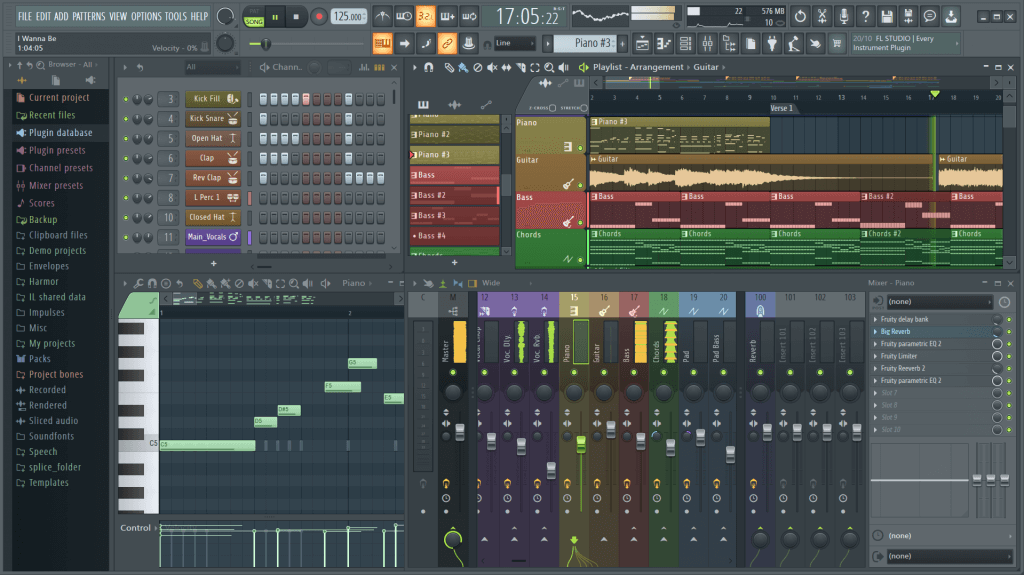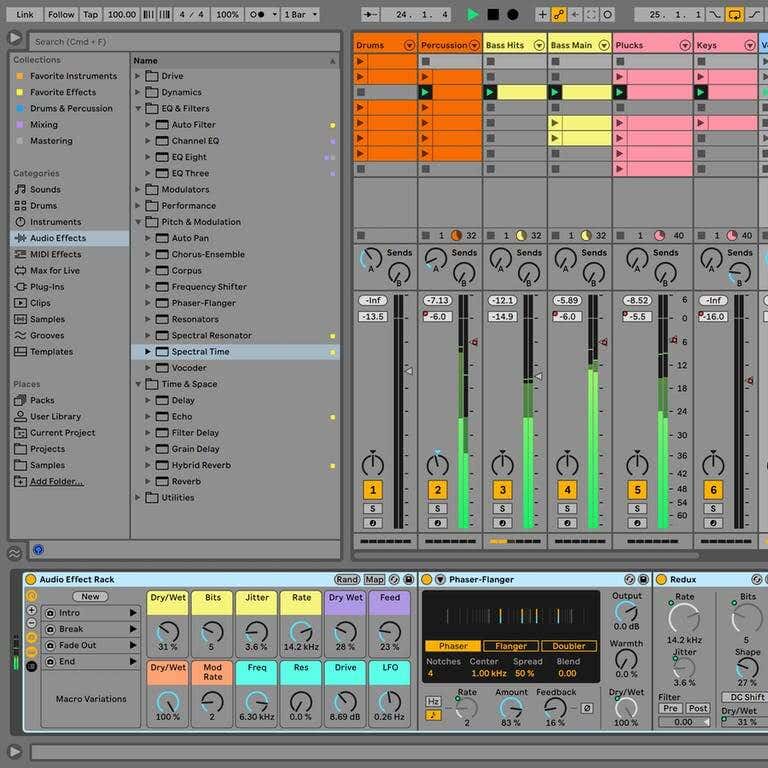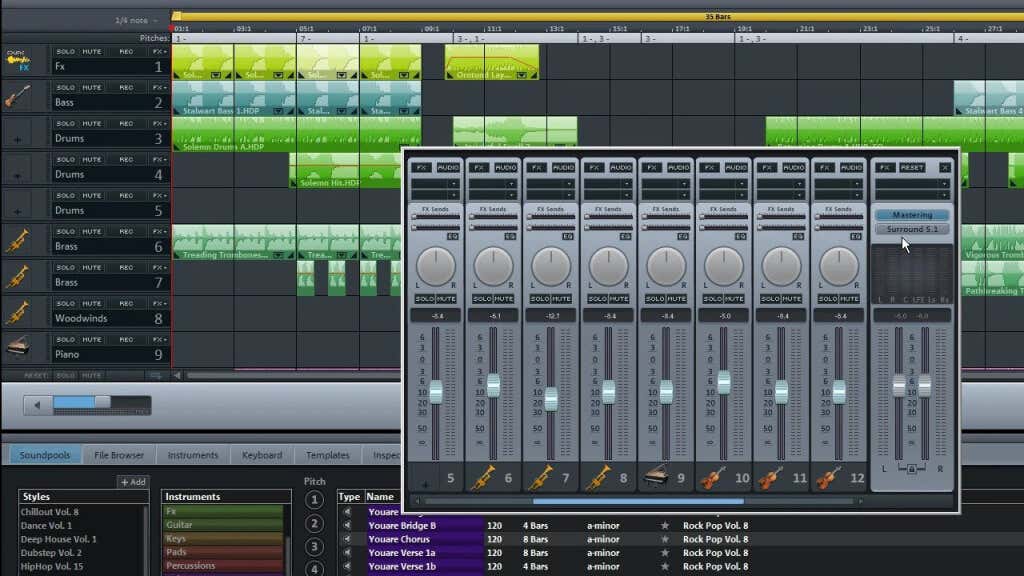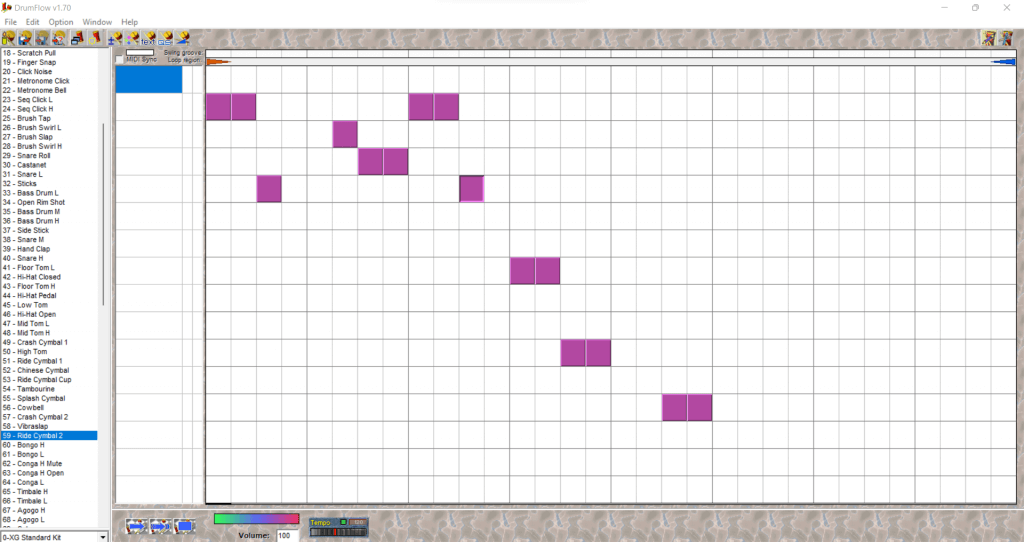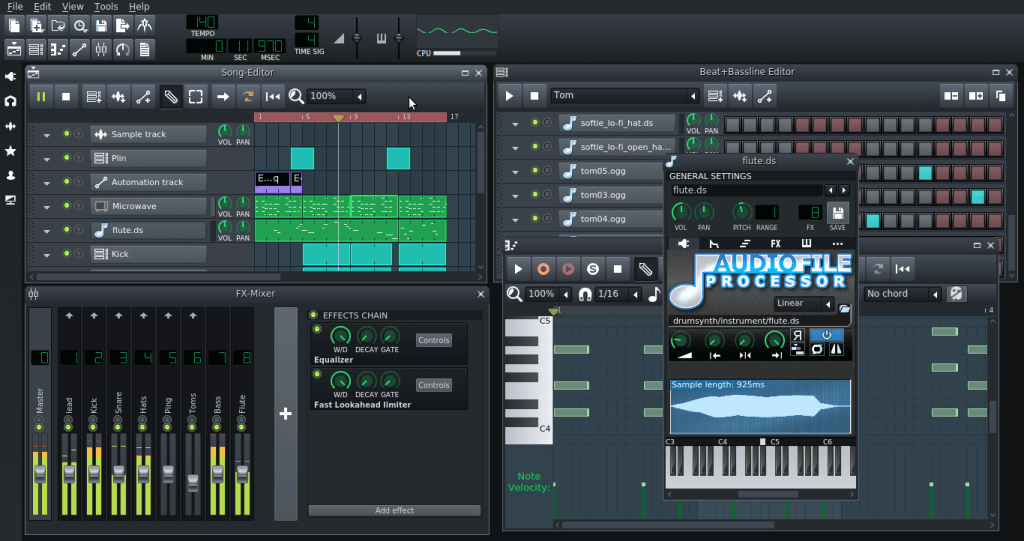Become a star DJ or producer
Like everything else, music has gone digital. Whether you know how to play an instrument or not, you can now create sick beats on your computer. All you need is a willingness to experiment and an easy-to-use music production software.
From full-fledged Digital Audio Workstations (DAW) to simple sequencers, here is a list of the best free beat-making software out there.
1. FL Studio
FL Studio started as FruityLoops, a four-channel MIDI drum synthesizer. Over time the developers revamped it to a complete DAW supporting the whole music production workflow. Image-line – the company behind FL Studio – released many different versions of the DAW, targeting beginners and professionals alike.
The greatest strength of FL Studio is the extensive feature set. You might not need the most advanced features at first, but this ensures that you have everything you need in one package the day your skill grows to that level.
2. Ableton Live
Another well-known professional DAW software is Ableton Live. And just like FL Studio, it comes pre-packaged with a bunch of virtual instruments you can use to start creating your music without too much technical knowledge.
Ableton’s advantage is a much more intuitive user interface than most DAWs, along with a repository of interactive tutorials to teach you the basics. This, along with the enormous sound library and instrument plugins make it a favorite of many beginner music makers.
And if the idea of working with a professional DAW sounds daunting to you, there is Ableton Lite, a smaller and more streamlined version for beginners.
3. GarageBand
GarageBand isn’t your typical DAW. It started life as a simple music notation editor that could record eight tracks at once. Gradually, more features were added, such as a pre-built MIDI keyboard and a drum kit module.
The app is famous for its ease of getting started, unlike traditional DAWs that overwhelm the user with a confusing number of dials and options. And even though GarageBand has now become a fully-featured DAW, it remains a quick and simple way to create your own beats using multiple instrument tracks.
4. Magix Music Maker
So far we have seen the best Digital Audio Workstations. But while DAWs can be repurposed for making beats, they aren’t exactly made for that. Tools like GarageBand or Ableton Live include a bunch of other bells and whistles that you don’t really need, and might only end up confusing you.
Enter Magix Music Maker. Designed to be used easily and intuitively, it’s perhaps the best way to get into music production for a beginner. You don’t need to modulate complicated synths or adjust a bunch of samplers – just arrange instrument tracks on a convenient piano roll to create beats.
Magix Maker is also available as a specialized hip-hop version that is geared toward creating faster and more punchy beats easily – making it great for EDM music.
5. MuseScore
MuseScore is somewhat different from the other beat-making apps on this list. Instead of allowing you to set tracks on a sequencer, it relies on sheet music. This is both an advantage and a shortcoming.
If you know how sheet music works (or are willing to learn), you can compose tracks with greater ease and precision than a sequencer. However, without knowing how music notation works, the software is virtually impossible to use.
MuseScore wins over other beat-making applications with a unique feature: a massive online repository of sheet music uploaded by users around the world. You can find sheet music for almost all popular songs in its archives, helping you learn the fundamentals more quickly.
6. Drumflow
Before Fruity Loops transformed into a complete DAW, it was just a drum synthesizer. And while you can still build drum tracks in any leading DAW, there is something to be said about the inherent simplicity of a drum-only app.
That is the main selling point of Drumflow. It’s a small, free app that gives you the power to create drumbeat tracks with six MIDI channels, with a large number of adjustable parameters to further modulate the drum sounds used.
The only problem is that the software is quite dated. The user interface is clearly old, and the app might require compatibility mode just to install on Windows 10 or 11.
7. LMMS
Digital Audio Workstations are complex, expensive pieces of software. The free versions sport short trial periods, forcing you to invest in buying the apps if you want to use them in the long term. This can make it difficult for a new user to get into making music.
LMMS is a free and open-source DAW that possesses all the advanced features you find in a paid app. Along with Windows and macOS, it works on Linux too. The only tradeoff is that it comes without presets and sound pools by default.
You need to download and install VST plugins on your own from the internet. Apart from that extra step, however, LMMS is a great music creation tool with everything you need.
8. Logic Pro
Apple’s Logic Pro is perhaps the best music production software for Mac users. It’s a bit expensive, but the intuitive interface and many features make it worthwhile.
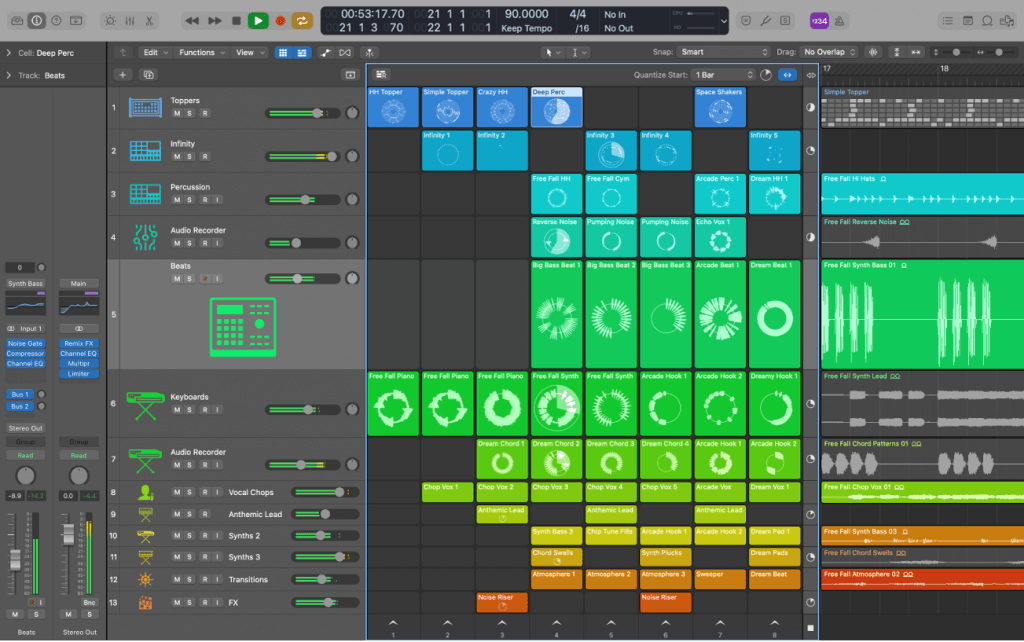
Like any leading DAW, it can work with various file formats, including WAV and MIDI for both importing and exporting tracks. You can create tracks from scratch with virtual instruments or use recordings of live performances, adding effects like reverb to modulate them.
9. orDrumbox
If all you want is a virtual drum machine, then orDrumbox is exactly what you need. It works on all PC operating systems, including Linux, and is free to boot. It’s pretty simple, but then, what else do you expect from a software drum synthesizer?
It works best with a MIDI drum pad, enabling advanced parameters to be recorded and tweaked. The software is well-known for its great automation tools like loop points or even automatic composition. You can create drum kits from scratch, or tweak built-in plugins to get the perfect sound.
What Is the Best Free Beat Making Software For Beginners?
Beat-making programs range from simple step sequencers where you just place the notes to industry-level DAWs used by music producers to work with audio recordings. Of course, if you are just starting your music-making journey, you need something more intuitive.
That said, most popular DAWs these days come with a piano roll and a bunch of virtual instruments to help beginners make their music without recorded samples. Fl Studio, Ableton Live, and LMMS are examples of such software that bundle advanced functionality with basic synths and instrument plugins to help you get started.
Or you can stick to software like Garageband or Magix Music Maker, focusing on making your beats with the high-quality sound library. This approach is especially suited for EDM (Electronic Dance Music), where synth sounds and drum beats are favored over recording vocals.
Whichever route you decide to go, there has been no better time to get into music. Just pick any of the beat-making programs listed above and start putting together some groovy beats.


